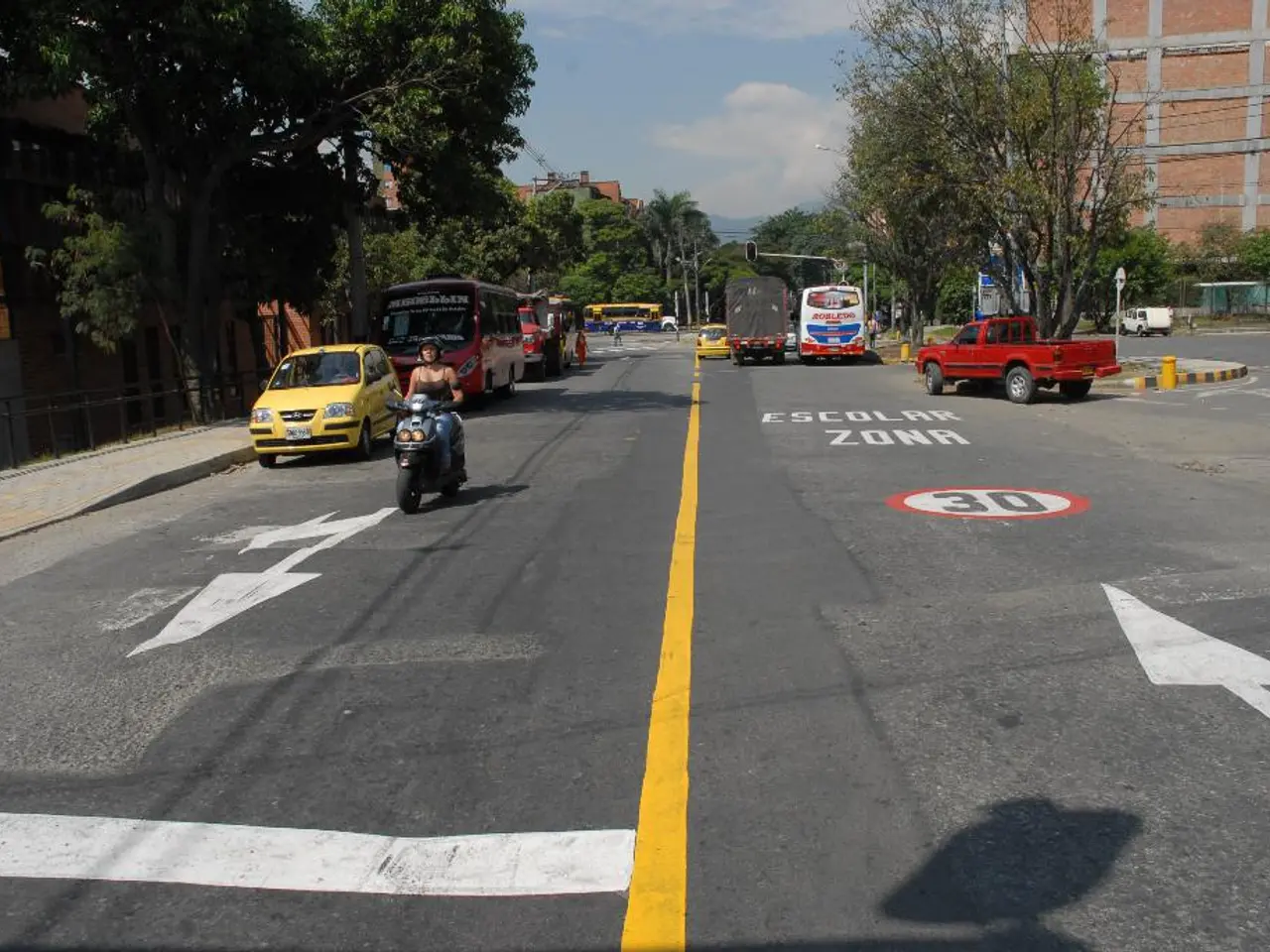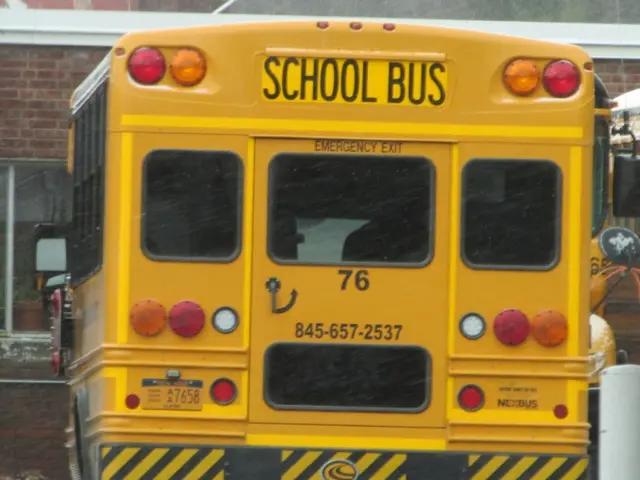Senate accelerates its pace.
In the heart of Berlin, changes are afoot in traffic speed and noise management. The city is introducing speed limits on several main streets, marking a departure from the trend seen in many other major cities where speeds have been reduced to 30 km/h.
On 23 sections, a speed limit of 50 km/h will apply again, particularly in the district of Mitte. Affected areas include parts of Friedrichstraße (from Unter den Linden to Dorotheenstraße), Invalidenstraße (from Alexanderufer to Scharnhorststraße), and Torstraße (from Prenzlauer Allee to Chausseestraße).
Simultaneously, seven sections will remain at 30 km/h due to air quality reasons, and eleven other streets will keep the speed limit of 30 km/h due to traffic safety reasons. For instance, in Kaiser-Friedrich-Straße, the section between Bismarckstraße and Otto-Suhr-Allee will remain at 30, while the section between Kantstraße and Bismarckstraße will only have a speed limit of 30 at night.
In Elsenstraße, the speed limit will remain 30 km/h throughout the day between Beermannstraße and Karl-Kunger-Straße. On Torstraße, the section between Rosenthaler Platz and Chausseestraße will remain restricted throughout the day, while the section from Prenzlauer Allee to Rosenthaler Platz will only have a speed limit of 30 at night.
These measures are expected to relieve around 21,000 people.
New steps are being taken in rail traffic, including the installation of 23 kilometers of noise barriers and 19 kilometers of rail noise absorbers. The Berlin Senate has also adopted the Noise Action Plan 2024-2029 and the third update of the Air Cleaning Plan.
The third update of the Air Cleaning Plan responds to improved air quality, and under the title "Quieter traffic at night," a speed limit of 30 km/h will apply on particularly busy main roads between 10 pm and 6 am in the future.
The Noise Action Plan includes measures such as the installation of low-noise road surfaces, promotion of public transport, and a sound insulation window program. Another concept is called "Loud traffic behavior," which is based on the experiences of a Berlin pilot project with noise cameras.
Berlin is calling for a uniform approach at the national level for the legal use of noise cameras in enforcement procedures. The goal of these plans is to reduce noise and pollutants in the city, making it a cleaner and quieter place for its residents.
This shift in traffic speed and noise management in Berlin is part of a broader effort to create a more livable city for its citizens.
Read also:
- Antitussives: List of Examples, Functions, Adverse Reactions, and Additional Details
- Asthma Diagnosis: Exploring FeNO Tests and Related Treatments
- Trump faced a caution from a world leader about the independence of the Federal Reserve.
- Rising Homework in Bavaria: Strategies to Safeguard Against Contamination








